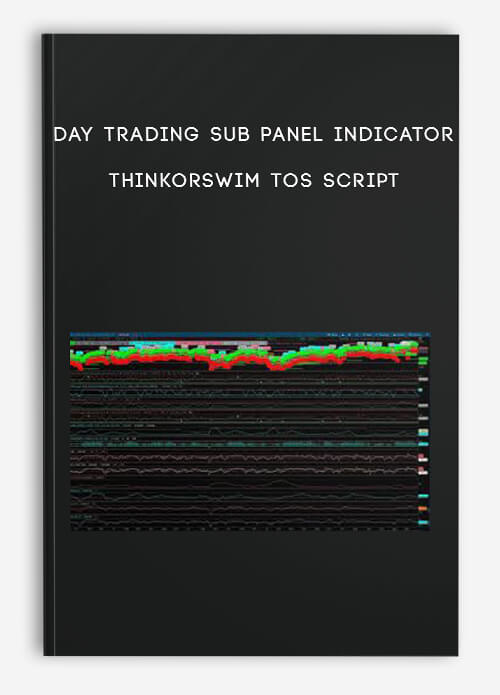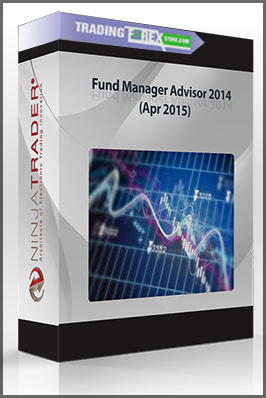Day Trading Sub Panel Indicator ThinkorSwim TOS Script
$25.00
Product Include:
File size:
- Description
Description
Day Trading Sub Panel Indicator ThinkorSwim TOS Script
**More information:
Get Day Trading Sub Panel Indicator ThinkorSwim TOS Script at bestoftrader.com
Description
- The NYSE TICK indicator is commonly used to gauge the overall trend for NYSE stocks, but also other equity markets. It represents the number of stocks ticking up minus the number of stocks ticking down on the NYSE. For example, if the TICK reads +200, then 200 more stocks on the NYSE are ticking up then are ticking down. This is a bullish signal. If the TICK should read -354, then we understand that 354 more stocks are ticking down then are ticking up. This is a bearish signal.If you’re an intra-day user of the NYSE TICK— a powerful market internal—you must also account for current market volatility in your trading decisions. If you don’t, you’re likely to get in trouble.
The TICK Sub Panel is designed as a quick reference tool for day traders who typically trade index funds, index fund futures, as well as market-correlated stocks such as AAPL,NFLX, TSLA, FB, TWTR, MSFT, SBUX, etc. This study will display the TICK directly under your price chart allowing you to follow crucial market conditions and respond to extreme TICK readings at a moment’s notice.
The easy to read user interface will automatically mark bars green when they reach extreme TICK readings of +800 or -800 giving traders more time to react to anticipated market reversions in price. The indicator also displays a clear yellow line at the +600 and -600 TICK levels in order to give traders an early warning of a possible extreme TICK reading in the very near future.
Works with ALL Futures,Forex Currency Pairs, and Stocks
Works with the ThinkOrSwim trading platform
Download link will be emailed upon purchase of the software
Stock trading course: Learn about Stock trading
A stock trader or equity trader or share trader is a person or company involved in trading equity securities.
Stock traders may be an agent, hedger, arbitrageur, speculator, stockbroker.
Such equity trading in large publicly traded companies may be through a stock exchange.
Stock shares in smaller public companies may be bought and sold in over-the-counter (OTC) markets.
Stock traders can trade on their own account, called proprietary trading, or through an agent authorized to buy and sell on the owner’s behalf.
Trading through an agent is usually through a stockbroker. Agents are paid a commission for performing the trade.
Major stock exchanges have market makers who help limit price variation (volatility) by buying and selling a particular company’s shares on their own behalf and also on behalf of other clients.















